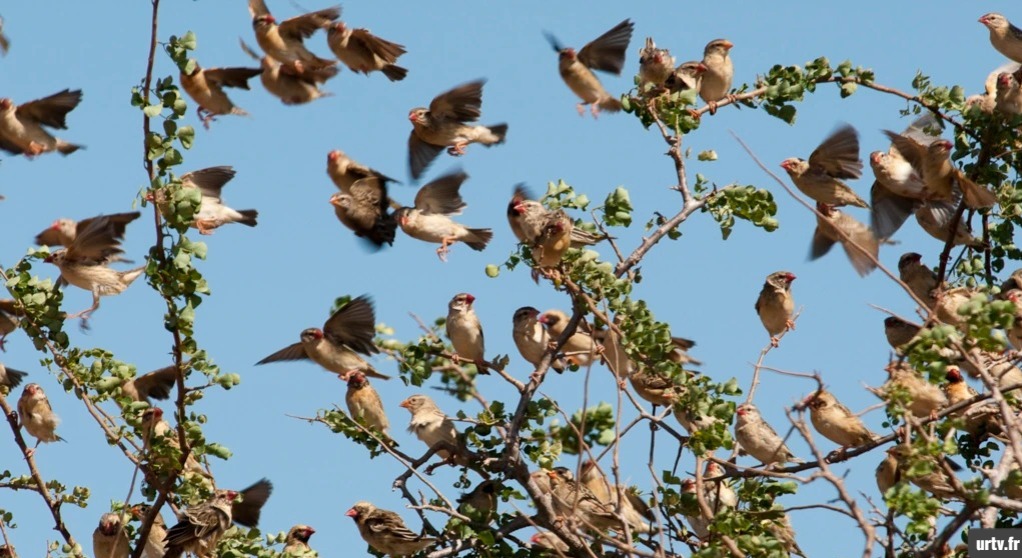NAIROBI, KENYA —
Kenya’s Ministry of Agriculture has defended the killing of millions of invasive quelea birds in rice-growing regions of the country.

The ministry says the birds are destroying hectares of crops and that the pesticide it is using to kill the birds is safe. But environmentalists say authorities should try other methods to control the birds before resorting to their extermination.
Rice has become the third most important cereal produced in Kenya after maize and wheat, with at least 70% of land under rice cultivation, according to national data.
However, a recent invasion of migratory quelea birds that feed on rice is threatening the crop. So, the state is killing the birds by spraying pesticides.
The director of Kenya’s crop protection services, Collin Marangu, said the birds have been eradicated in four regions they have invaded since August 2022.
“We only do precisely where the birds are, and the reason why we even do it at night is to be sure that at that time there are no bees,” he said. “Bees are asleep at that time, that is why it is done at night precisely with a drone, that is, you place the chemical where it is required.”
Kennedy Sinogo, a rice farmer in Kenya’s Kisumu region, said more than 120 hectares of his farm have been destroyed. He said his family’s efforts to keep the birds away have been futile and that the operation to spray them is easing the situation.
“They have to be killed because they are becoming too much,” he said. “They are breeding a lot; we farmers are having a hard time. Right now, a family has to camp on the farm to try and guard its rice.”
Environmentalists describe the method of controlling the birds as toxic. Raphael Kapiyo, a professor of environment and earth science at Kenya’s Maseno University, told the International Medias that widespread use of pesticides is contaminating the environment.
“We should use mechanisms that scare away the birds but not eliminate them by killing or using chemicals,” he said. “In the past, culturally we have had methods of scaring away birds and sometimes using noise.”
A quelea bird can eat 10 grams of grain in one day, according to the U.N. Food and Agricultural Organization. In 2021, FAO researchers estimated that crops worth $50 million are lost annually to the birds in Kenya.
NewLatter Application For Free







